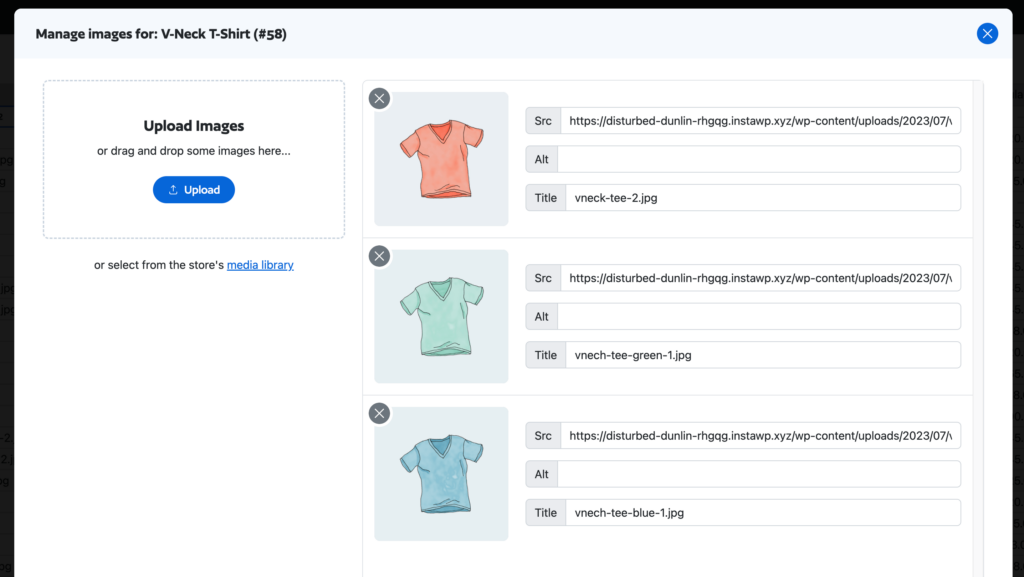In today’s digital age, where e-commerce is booming, optimizing your product images for search engines can make all the difference in attracting organic traffic, enhancing website accessibility, and saving precious time. The impact of image SEO goes far beyond the basics of loading time and alternative text. Let’s dive into the remarkable potential of product image optimization and understand why it should be an integral part of your SEO strategy.
A Game-Changer for Organic Traffic
A staggering revelation sets the stage for our discussion – more than 20% of Google’s organic traffic originates from image searches. This statistic alone underscores the significance of image SEO in driving potential customers to your website. By avoiding keyword stuffing and meticulously optimizing your images, you can catapult your organic traffic to new heights.
For those who’ve dabbled in image SEO, the struggle of adding alt tags (usually blank) and renaming images (DSC0128383.jpg) is all too real. But fear not; we’ve got a solution for you.
The Enormous Impact on Organic Research
Image SEO isn’t just about optimizing your images for Google Images; it also influences your overall page ranking in search engines. The correlation between image SEO and organic research potential is undeniable. When your images are strategically optimized, your entire website stands to gain higher visibility and better ranking.
Staggering Statistics Validate the Power of Images
Let’s take a closer look at some compelling statistics that illustrate the marketing and SEO prowess of images:
- Google Images receives over one billion daily queries, showcasing the immense popularity of image searches (Google).
- Google Images feature in more than one-third of all search keywords, and images ranking within the top 10 results often secure top 3 positions (SeoClarity).
- Image search constitutes approximately 30% of all queries on the top 10 US web search properties, as reported by Moz.
- Pinterest boasts over 600 million searches every month, emphasizing the visual nature of online discovery (Pinterest).
- Google returns images for 34% of all search results, highlighting the importance of optimizing your images (Econsultancy).
How? The Art of Image Names: Short and Descriptive
One often-overlooked aspect of image SEO is the naming convention. To enhance your image’s visibility and impact, it’s essential to keep image names short yet descriptive. Data analysis indicates that images with names around 12 characters in length tend to perform exceptionally well.

Let’s look at how Setary can speed this golden nugget of SEO up but first let’s know what we can change:
Image Name:
The significance of your image file’s name cannot be overstated when it comes to image SEO. Whilst not yet available in Setary. It’s on the feature list.
Alt Text Attribute:
The alternative text attribute aids Google’s algorithms in understanding the content within your images.
Title Text Attribute:
In terms of SEO, the title text attribute holds less weight compared to the filename and the alternative text attribute. The title text attribute enhances the user experience by providing additional information when hovering over an image.

Image Optimization
We will quickly touch on image optimization as we don’t offer this service within Setary, but image weight is key. It’s imperative for a fast website.
2 tools to use before uploading is tinyjpg.com for JPG image and tinypng.com for PNG images. There are many more tools you can use to reduce image weight, but these will give you a lossless compression.
In conclusion, completing image SEO with Setary saves time, enhances website accessibility, and most importantly, boosts organic traffic from search engines. By embracing image optimization best practices, you can harness the full potential of your visuals and watch your online presence soar to new heights.
Don’t miss out on the incredible marketing and SEO benefits that images offer – seize the opportunity to stand out in the digital landscape.
The smartest way to bulk edit WooCommerce products
Try our demo now and see how you could save thousands of hours when managing your WooCommerce products.
or try the demo